#Prefab Orthotics
Explore tagged Tumblr posts
Text
Enhance Your Performance with Sport Orthotics by Dr. Lukasz Sempka
Experience immediate relief and enhanced mobility with Prefab Orthotics, expertly recommended by Dr. Lukasz Sempka. These pre-made orthotics offer a cost-effective solution for those seeking quick support and comfort. Dr. Sempka's expertise ensures a perfect fit, addressing common foot issues with precision. Choose Prefab Orthotics for an efficient path to pain-free living. Visit Dr. Lukasz Sempka today and step into a world of comfort.
0 notes
Text
I know about ankle foot orthotics! Usually called AFOs for short, can come in a variety of sizes and materials. In general, for the adult population (I don't know much about the pediatric ones) they can be prefabricated or custom made to an individual. The prefabricated (sometimes called off the shelf) are usually made from a thermoplastic or carbonfiber. The thermoplastic ones have little flexibility to them and are mostly meant to provide a small amount of stability and keep you ankle in place so the foot does drop/drag when you walk. Carbon fiber AFOs have a little more flexibility and can help with energy conservation during walking by tramsmitting some of the force in your step into the brace to help you take a "better" step.
The downside of many prefabricated AFOs is they rely on velcro straps to secure the device to your foot/leg, which can be a problem if you have limited use of your hands. In the last year, I have seen one company come out with a magnet-based strap with a button release. It should be a game-changer.
Custom AFOs are usually much more expensive, because they are made from a cast of your leg by an orthotist. Also usually made from a thermoplastic, they can be made to provide more ankle stability than prefab AFOs. They can also be made with hinges so as someone recovers (like after a stroke) they can continue to use the same brace and it can be modified to their new abilities. These also rely on velcro straps, but adjustments can be made to placement and size.
Now who typically uses what kind of AFO? It depends! Custom are generally for people who need a lot of stability and have very specific requirements for the device to help them be mobile. Prefab are usually easier to get and can be used for a variety of needs, from walking to providing stability for transfers to a wheelchair.
There are also a couple different types of higher-tech AFOs and provide a small amount of electrical stimulation to the nerve that helps lift your foot during walking. Often used for people that have some intact nerves in their leg These are less bulky and can allow a more natural gait pattern. These are also very expensive, usually insurance doesn't like to pay for them. They cam be very finicky and some people who get them stop wearing it after a few years for various reasons.
I'm sure I didn't include everything, but hopefully this helps!
Let's talk mobility aids!
Canes
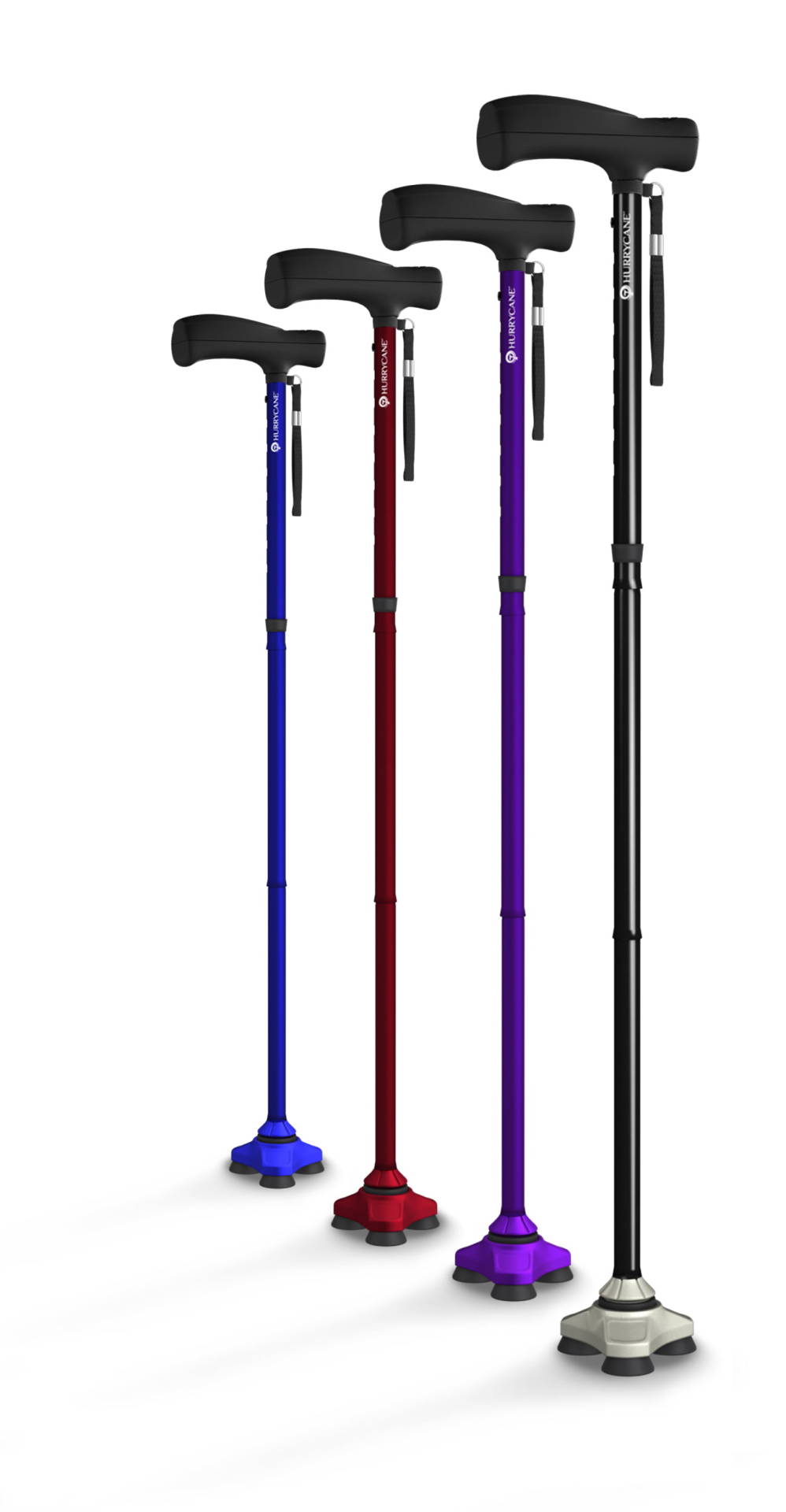
Canes are for when you need to take a little bit of weight off of one side of your body, need a little help with balance, or need a little extra stability when you walk. It's an easy mobility aid to find and get, and it's pretty easy to figure out how to use. Have the cane sized so the handle sits at wrist level, then hold it on the opposite side to the one that hurts. Match your cane strikes to the steps on the hurt side. It will hurt your arm, elbow, and shoulder sometimes, but having a properly sized cane will help.
Rollators

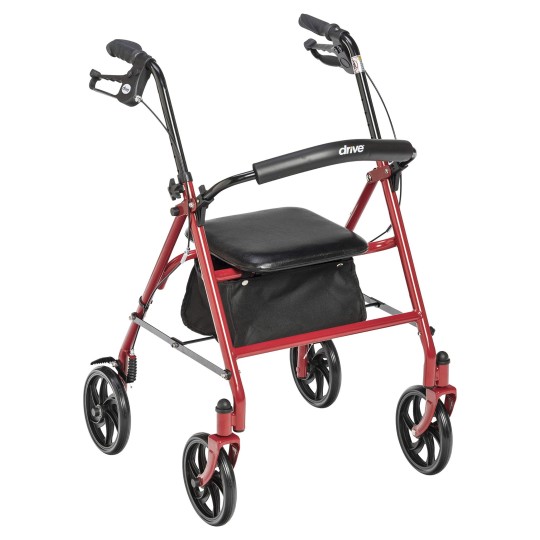
Rollators are kind of the "next step up" in support. They come with more restrictions, you get limited to ramps and stuff, but they're also the least restrictive wheeled mobility aid because they're light and easy to pick up and toss around. They also have a seat a lot of times and a basket so you don't need to carry stuff. They're for when you need a place to rest, something to lean on when you walk, better balance assistance than a cane, and less weight bearing than a cane. I also found that it helped me with fatigue quite a bit. There's two main kinds, euro style like the first, and regular like the second. There are other fancier ones but I'm covering the basics here.
Rollators are my favorite mobility aid and I've used everything from canes to a fancy high grade power chair. They're just the perfect balance of help and freedom. They provide so much support for how far they go.
Crutches
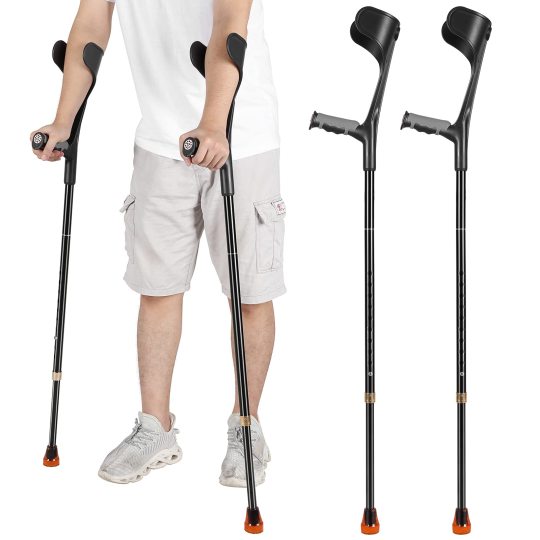
Arm crutches are pretty neat! They're a lot more ergonomic than a cane. In fact, some people use a single arm crutch as a cane. They distribute the weight a little better, so it's not all on your wrists, and they support you better than a rollator can. The major cons I found are that they take two hands to use so you can't carry much and I had a really hard time trying to learn to walk with them. A lot of people who use forearm crutches have other mobility aids and use the forearm crutches when they want to or need to walk.
Manual Wheelchairs
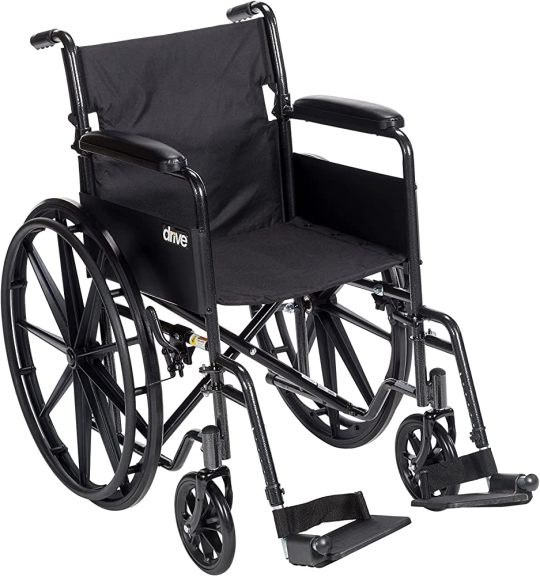
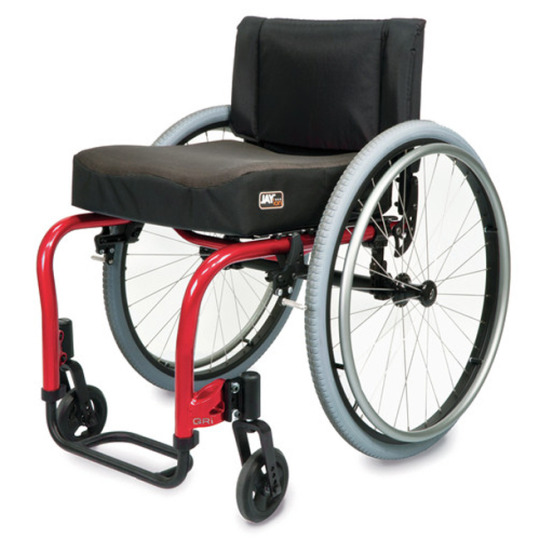
These are for when walking becomes more difficult than pushing a wheelchair. There's no weight being put on your legs and feet and depending on your needs, you can get really specific with your adaptations if you have a custom wheelchair verses a standard wheelchair. My first custom chair looked like a monster truck because i took in the woods and gravel, my second custom chair after I got sicker has a head rest, a backrest that holds me up, and a little electric box that I can attach that helps me push. The difference between getting a standard and custom wheelchair is dependent on how much money the user has, what kind of needs they have, and what kind of medical access they have. (One is not more "real" than the other.) I highly recommend getting a cushion for under your butt if you have a standard chair without a cushion, I used a standard full time for 6 months and a cushion made a huge difference.
Mobility scooters

Mobility scooters are for people who can't walk long distances, but can still walk with the help of a cane or unassisted. If you can walk around your house, but not really much else, a mobility scooter might be the aid for you! There's a lot of different styles and battery life lengths and handling abilities so try a few different scooters out if you can.
Powerchairs

Powerchairs come in a couple different types or "groups" depending on your needs. Group 1 is the kind of chair you're probably most familiar with. It's basically for someone who needs a powerchair to get around their house, the doctors, office, and grocery store. You can't do any custom seat cushions or anything, but it's for people who don't need it. Think of like... someone who can walk pretty okay still, it just hurts to walk or they're off balance or a little weak feeling. A lot of times more elderly people will use these, if you're more active look into group 2
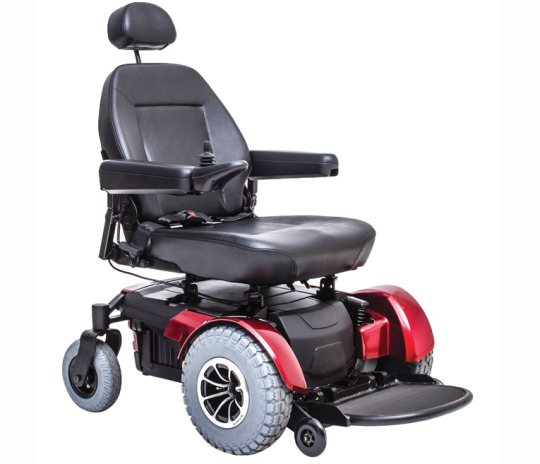
Group two chairs are little more durable, a little more stable, sometimes you can switch the captains seats out for custom seating... They're what a full time powerchair user would use if they don't need specialty functions like tilt or recline. They also often have 6 wheels rather than 4 like the group 1 chairs have.

Group 3 powerchairs are reserved for specific diagnoses like muscular dystrophy, ALS, and other severe neurological and neuromuscular illnesses. These are also called "rehab" chairs because they're for making sure severely disabled people have quality of life. The tilt function is for pressure relief, though you can also get things like elevation so you can raise and lower your chair, and some of them can recline flat. There are other avenues of moving grade 3 power chairs beyond the joystick as well in case someone can't use their hands or doesn't have them. (Head controls, torso controls, and straw controls called sip and puff are alternatives.) They can go on a little worse terrain than group 1 and two chairs and go a little farther, but if they get stuck they weigh 350 lbs and it's awful.
There's a few other types of mobility aid that I don't know enough about, like ankle foot orthotics and gait trainers, but these are the basic "mobility aid" most people will come across.
If you use another type of mobility aid and want to educate people, add it on!!
7K notes
·
View notes
Text
How to Make a Custom Arch Support Orthotic
HEAT MOLD, DIRECT CONTACT CUSTOM ORTHOTICS
Atlas Biomechanics' thermoplastic heat moldable custom orthotic blanks allow you to produce a lab quality orthotic in office in about 10 minutes for a fraction of the price. Atlas Biomechanics offers dress and athletic orthotic blanks and prefab orthotic.
Heating the Orthotic Blank
There are 3 Ways to Heat the Blank 1) Purchase a heat gun (not a hairdryer) and heat resistant gloves at any hardware store. Place the blank on a surface that will not burn from heat. Hold the heat gun 1cm (1/2 inch) away from the blank. Slowly move the heat gun up and down the blank. Do not stop moving the heat gun ( you will melt the orthotic). The average time is about 1.5-2 minutes. Wearing heat resistant gloves you may push the arch to check for softness. If it is still stiff, reheat for 10-15 seconds.
2) Boil water and turn off heat. Wait 1 minute and then place the orthotic blank in the hot water. Let the orthotic blank sit in the water for 1 minute. Using a heat-resistant gloves place the orthotic under the shoe's insole. Step into the shoe and press down for 2 minutes to mold the orthotic to your foot 3) Atlas Biomechanics also recommends using a toaster oven at 200 degrees.

Molding the Orthotic Blank to the Foot
You can mold the blank either as Subtalar Neutral or Calcaneal Resting Position, or a combo of each. You can mold the blank while sitting, standing in a shoe (ski boot, ice skate, golf shoe or ballet flats) or on a pillow. Do not mold directly to the foot. Use a heat protector such as a towel, double socks or the shoe's insole. Make sure the rear of the orthotic is not too far forward on the foot. Make sure the medial side of the orthotic covers the arch entirely. Either hold the foot in Subtalar Joint Neutral or Calcaneal Resting Position and have the patient press firmly down. If molding directly in a gym shoe, use the insole as the heat protector. Place the orthotic under the insole and have the patient press down. After the patient has molded the orthotic, place it in their shoes. It is most comfortable under the insole.
Break-in Period
As with any new device in their shoe, there is a break in period. If using the orthotic in gym shoes, place it under the insole. If wearing it in dress shoes, use a little double-sided tape to hold in place. Have the patient wear the orthotic only 2 hours the first day. Every additional day increases the time by 2 hours. It uncomfortable, have them remove the orthotic, wait 2 hours and resume the break-in period. Atlas Biomechanics recommends the patient return in two weeks for a follow-up and fine tuning of the orthotic.
Molding Tips
To avoid any problems, you want the patient to be happy with the fit before they leave the office. Make sure the orthotic is feeling fine to the patient and fits well. Remember this orthotic can be modified endless ways with the heat gun. Sometimes the patient will feel that the arch is either too high or low, modify it to their comfort level. You may see waves in the orthotic. This is the bony prominences of the foot that have been captured in the orthotic and is an accurate mold that should be comfortable on the foot. AtlasBiomechanics
HEAT MOLD, DIRECT CONTACT CUSTOM ORTHOTICS
2 notes
·
View notes
Link
0 notes